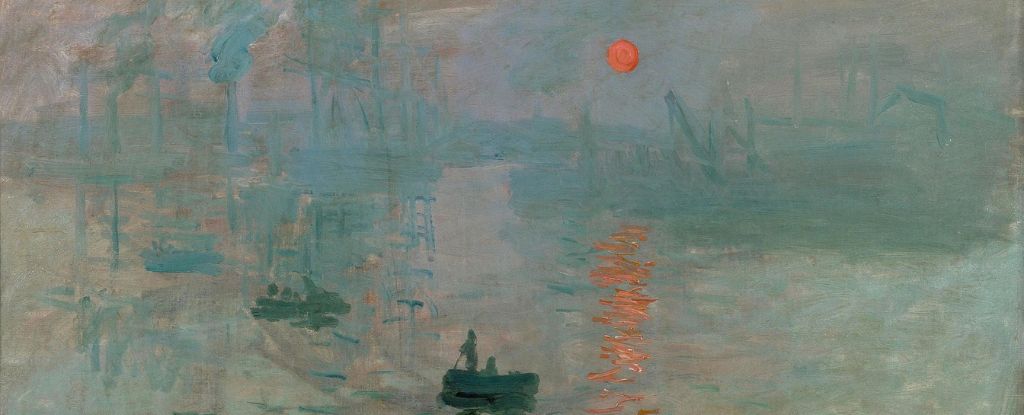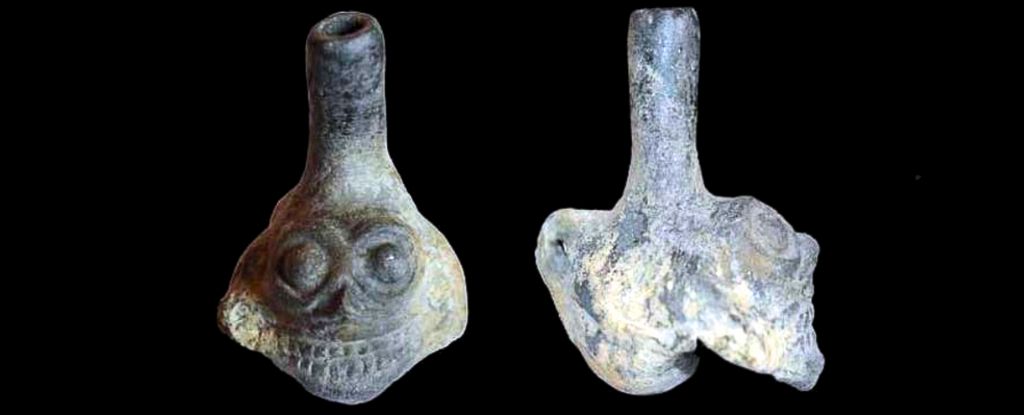Oscar Claude Monet was an important founder of the Impressionist art movement in the 19th century, and some scholars now believe that the French painter’s revolutionary style was heavily influenced by air pollution.
Early in his career, Monet painted cities and landscapes that stand out starkly against the sky. As fallout from the Industrial revolution however, heated up, the artist’s perspective became blurred, and his palette faded.
Climate scientists have now shown that these changes reflect atmospheric conditions at the time. The research was led by Anna Lea Albright from the Sorbonne University in Paris and Peter Huybers from Harvard University.
“Our basic premise is that Impressionism – as developed in the works of Turner, Monet and others – contains elements of a contaminated realism,” the authors write write.
To cover the entire duration of the Industrial Revolution and beyond, researchers focused on two artists who were prolific sky painters in the 19th century: Monet and his predecessor, the British painter Joseph Mallord William Turner.
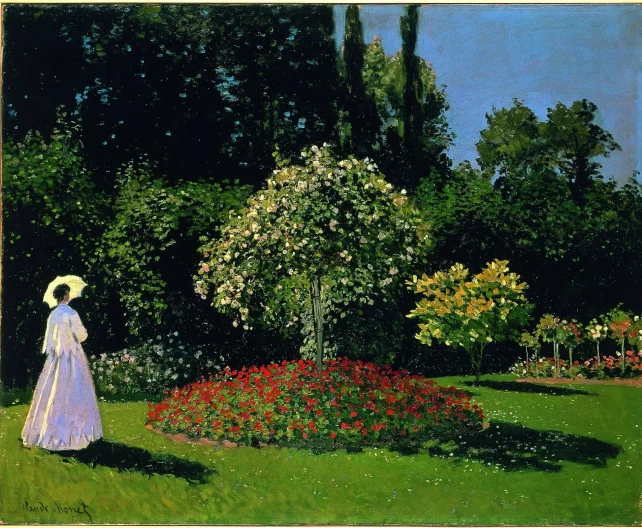
Air pollution is caused by an increase in toxic microscopic particles floating in the atmosphere. During the Industrial Revolution, most of these emissions came from coal-fired power plants.
Because soot particles can absorb and scatter sunlight, air pollution can dull colors and blur edges when looking into the distance. For example, modern photos of a polluted skyline have, on average, 19 percent less contrast than photos of clear skylines.
Applying this analysis technique to paintings has now allowed researchers to predict how much contrast to expect based on carbon emissions.
For Monet, the authors examined 38 paintings created between 1864 and 1901. For Turner, they looked at 60 oil paintings created between 1796 and 1850.
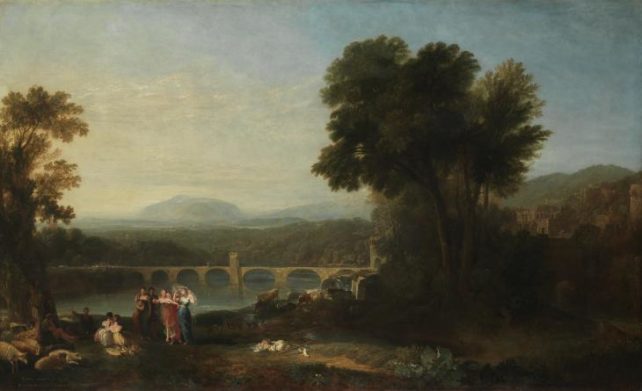
“Visually, Turner’s work shows a progression from sharp to blurred contours, more saturated to pastel-like color schemes, and figurative to impressionistic depictions,” the authors write write.
“A similar course is evident in Monet’s works.”
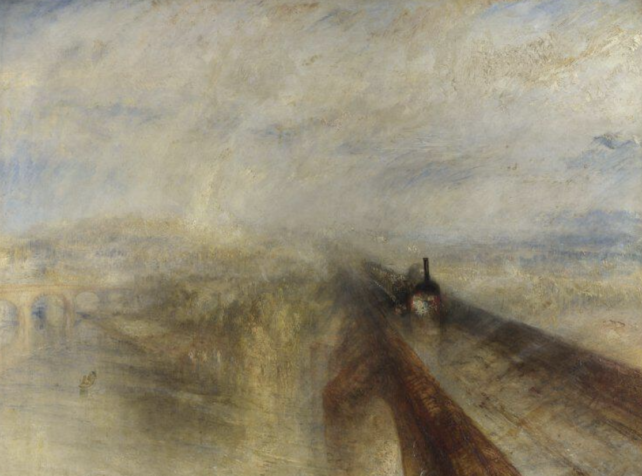
While most of Turner’s paintings show England, the Monet paintings considered by researchers show Paris and London. The historic coal emissions in these two cities are closely associated with the artist’s transition to a more Impressionist style.
For example, the low contrast Monet used later in his career corresponds to the high emissions in London in the late 19th century.
In early Monet paintings, visibility averages about 24 kilometers (15 miles). But for Monet’s daytime images in London, visibility averages just 4 miles.
His images of the Charing Cross Bridge are particularly blurry. They have an average visibility of just 1 kilometer. This may sound extreme, but in the thick of the ‘London Mist’, an official survey described winter visibility in 1901 as never exceeding 2 kilometers.
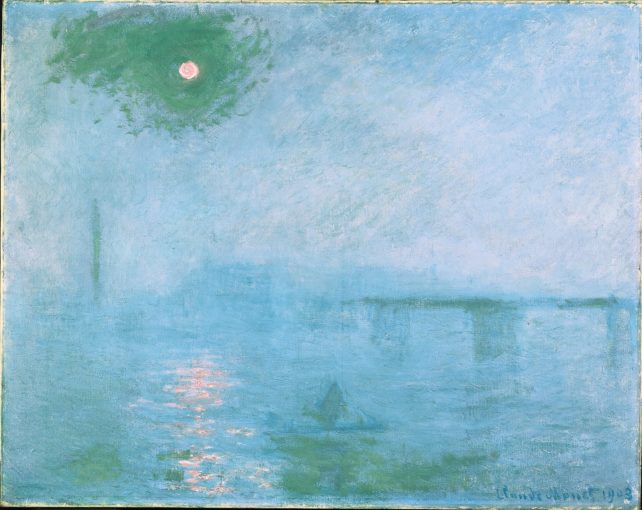
There is even a possibility that Monet was actively painting on smoggy days. His letters describe painting sessions in 1900 that coincide with daily weather reports of light winds and rain—conditions conducive to air pollution.
Monet even wrote“what I like most about London is the fog” and “when I got up I was startled to see that there was no fog, not even a wisp of fog: I was lying on the ground and I could see all my pictures done, but little by little the fires were kindled, and smoke and mist returned”.
It is clear, argue Albright and Huybers, that environmental changes are reflected in works of art even when those changes are not caused by humans.
Turner, for example, began in the years following the 1815 Tambora volcanic eruption with a series of watercolored sunsets that emitted a slew of particles into the atmosphere that reddened the sky.

“Indeed,” the authors write“The 19th-century art critic John Ruskin wrote of Turner’s work that ‘had the weather in my youth been like it is now, no book like ‘Modern Painters’ would ever have been or could have been written’.
“The same could be said of many other artists. The current model that researchers have put together works for more than Monet and Turner.
Albright and Huybers also successfully applied it to the work of Gustave Caillebotte (1848-1894), Camille Pissarro (1830-1903), Berthe Morisot (1841-1895), and James Abbott McNeill Whistler (1834-1903).
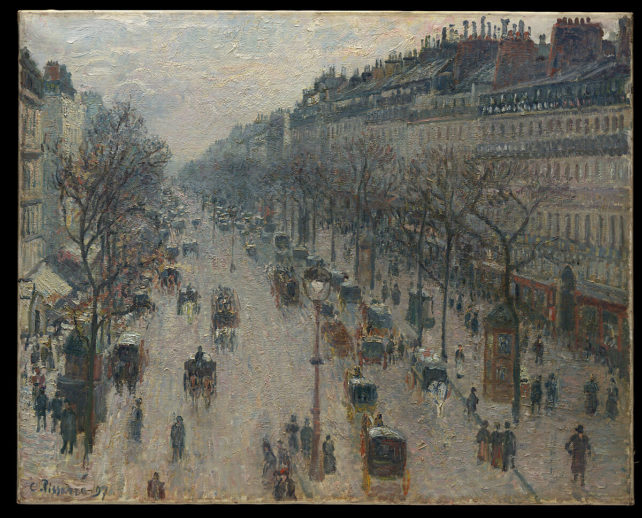
That doesn’t mean air pollution can explain the progress of all historical painters, but it certainly seems to have a powerful impact on many.
Painters like Edgar Degas, for example, might have painted with a blurrier palette Her eyes grew weaker over time. But Monet began painting in the Impressionist style years before cataracts developed. Air pollution probably influenced his style more than age.
“In our view, Impressionist paintings that record natural phenomena—as opposed to being imagined, amalgamated, or abstracted—do not diminish their importance,” the authors write conclude.
“Rather, it highlights the connection between the environment and art.” A connection that continues to this day.
The study was published in PNAS.


